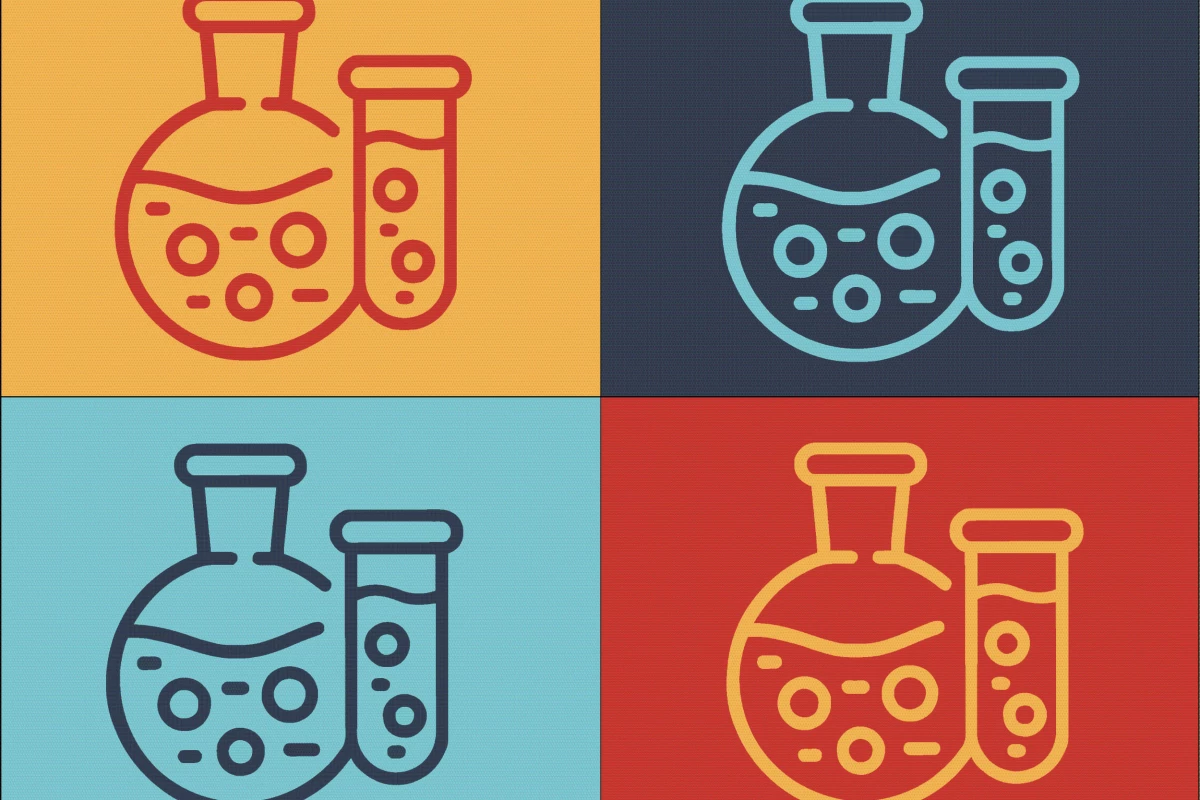Engineers at the University of Washington have designed a reactor that can completely destroy PFAS forever chemicals. The technology could help treat chemicals at manufacturing sites before they can leak out into the natural environment.
Perfluoroalkyl and polyfluoroalkyl substances (PFAS) are a collection of around 4,000 different chemical compounds that have been used for decades in everything from carpets to non-stick cookware. Over recent years scientists have not only started to connect these chemicals to a number of deleterious health effects but also discovered traces of them all through our natural environments.
Because these chemicals are notoriously known for persisting in the natural environment for decades they are often referred to as "forever chemicals," and scientists have been working to develop ways to break these chemicals down into safer compounds.
This new research began as an engineering project focused on building a reactor that could break down chemical warfare agents. The reactor is based on the idea that compressing water to an extreme point creates a corrosive environment that can break down certain chemicals.
This particular state of matter is known as "supercritical water." Igor Novosselov, senior author on the new research, said water that is compressed to this extreme degree turns into a plasma-like substance. Not a liquid or a gas, but something more novel, and it is in this state that other chemicals can be broken down.
“Chemicals that survive forever in normal water, such as PFOS and PFOA, can be broken down in supercritical water at a very high rate,” Novosselov explained. “If we get the conditions right, these recalcitrant molecules can be completely destroyed, leaving no intermediate products and yielding only harmless substances, such as carbon dioxide, water and fluoride salts, which are often added to municipal water and toothpaste.”

In a new study published in Chemical Engineering Journal the researchers describe a series of experiments testing various PFAS chemicals at different supercritical conditions in the reactor. Importantly, the researchers discovered certain PFAS chemicals require specific supercritical conditions to be effectively destroyed.
Perfluorooctane sulfonic acid (PFOS), one of the most environmentally persistent PFAS chemicals, was particularly resistant to what Novosselov described as “mild supercritical conditions” (around 400 °C/750 °F). At these mild conditions PFOS was seen to break down into other components that could be equally toxic, but once the reactor got up to 610 °C (1,130 °F), all the chemicals were destroyed in just 30 seconds.
This kind of reactor system is not going to be helpful in removing PFAS chemicals already pervading our natural environment, but Novosselov said the technology could be useful in destroying chemicals that are considered waste products at manufacturing sites. The team is currently investigating how the reactor destroys a variety of other PFAS chemicals.
“We’re also assessing how well this technology could work for real-world scenarios,” Novosselov said. “You probably cannot treat the whole ocean like this, for example. But we could possibly use this to treat existing problems, such as forever chemical waste at manufacturing sites.”
The new study was published in Chemical Engineering Journal.
Source: University of Washington




